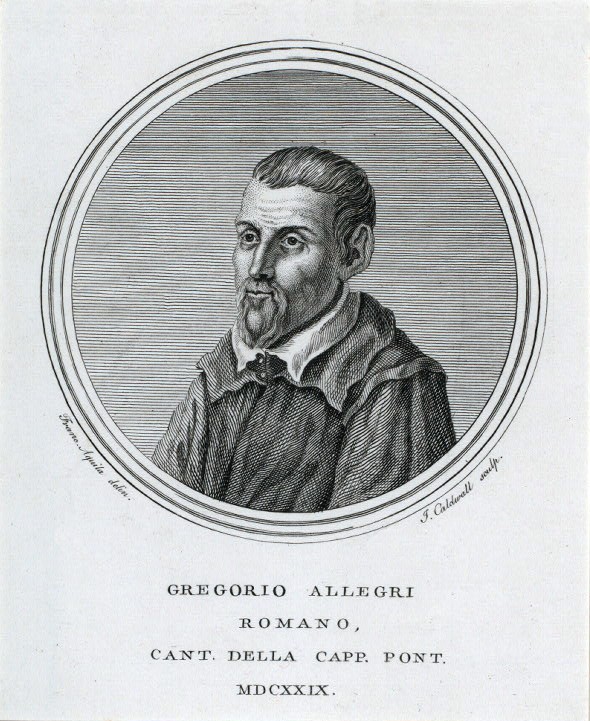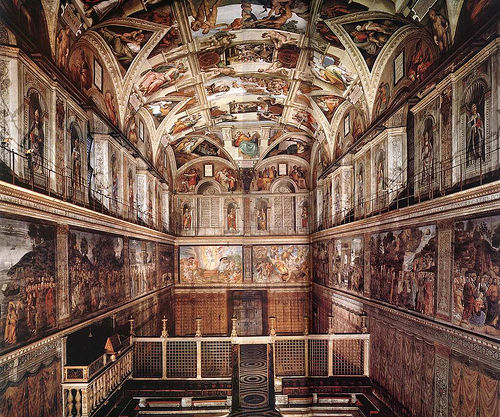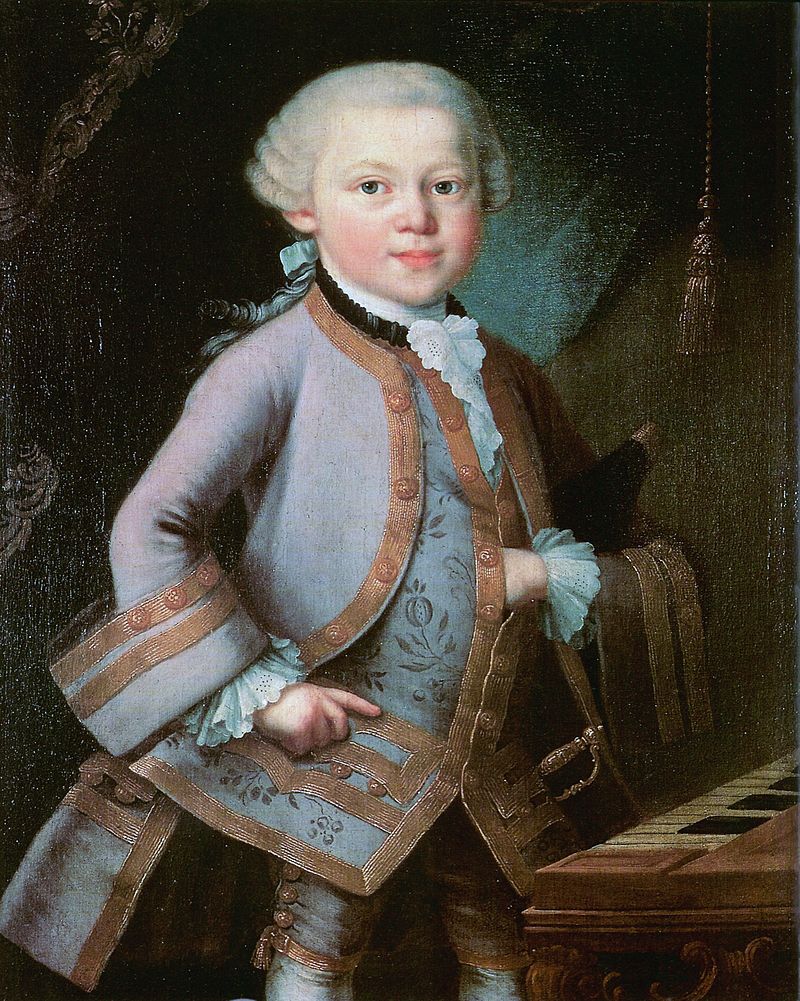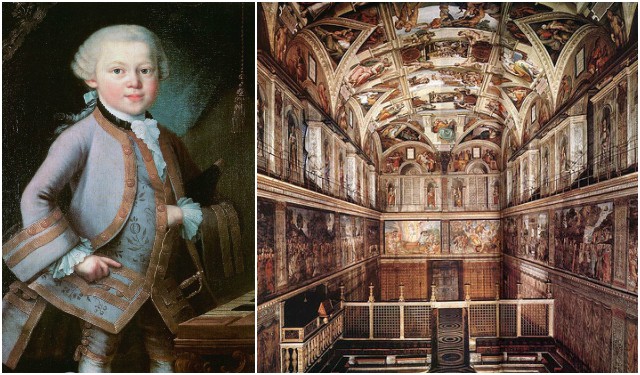In the period of 1630s, the Italian composer Gregorio Allegri wrote a composition called “Miserere.” It’s one of the most sublime pieces of choral music ever.
It was composed during the reign of Pope Urban VIII and it is a setting of the Psalm 51.
The composition was made for use in the Sistine Chapel during matins, contributing to the exclusive Tenebrae service on Wednesday and Friday during the Holy Week.

The “Miserere” was the most popular of the twelve misereres composed and chanted at the service since 1514. It was one of Europe’s most famous pieces of sacred music.
The piece was performed by two asymmetrical choirs, one with four members and the other one with five.
The “Miserere” was an exclusive piece and the Pope decreed that it mustn’t be written down nor performed elsewhere.
The Vatican wanted to preserve the music’s reputation presenting it as mysterious and obscure, so writing it down or performing it anywhere else had been punishable by excommunication.
The prohibition lasted for over a century, with the exception of three performances, licensed by the Pope, for Emperor Leopold I, for the King of Portugal and Padre Martini.

Allegri’s “Miserere” was notorious throughout the Holy Roman Empire for its beauty and mystery, so each year the noblemen journeyed to the Vatican to experience it during the Holy Week.
It was Good Friday, 1770. The Sistine Chapel was filled with pilgrims for the rite of the Tenebrae.
Among the rapt pilgrims were 14-year-old Wolfgang Mozart and his father, Leopold.
By the age of 14, Mozart was already an accomplished musician and composer. When he was only 8 years old, he composed his first symphony , one of the 600 pieces of music he’d compose over his short lifetime.
Mozart first heard the piece during the Wednesday service and as it is said, he wrote it down from memory, having heard it only once.

His version was not quite perfect so he returned to the Chapel that Friday to make minor corrections.
One year late, Mozart gave his transcription to the British historian Dr. Charles Burney, who obtained the piece from him and took it to London, where it was published in 1771.
The word about Mozart’s accomplishment spread like wildfire and within three months he was summoned back to Rome by Pope Clement XIV.
Instead of excommunicating the prodigal composer, Pope Clement XIV personally congratulated the nervous Mozart on his musical gift.
